Countries have different energy priorities due to factors like the availability of energy resources, geopolitics, the population size, environmental considerations and excessive use of energy, the needs of industry, and the availability of technology.
The most representative energy priorities among countries, including Greece, revolve around energy security, reduction of greenhouse gas emissions, affordability, and avoidance of deforestation. Construction of additional energy infrastructure and charging energy consumers with more taxes for excessive energy use constitute additional energy priorities. According to a market survey conducted by IPSOS in late 2022 that engaged 24 thousand people in 28 countries, the top energy priority was that of energy security followed by the development of cleaner energy sources, like wind and solar, and the affordability of energy.
The war on Ukraine brought energy security to the forefront of concerns for many regions, particularly Europe. Directly impacted countries, like Germany, have had to reactivate coal production and extend the operational lives of nuclear power plants to ensure efficient supply of energy to consumers.
Electricity Generation from Renewables
Despite challenges associated with the war on Ukraine, Greece has emerged more resilient by enhancing reform of its energy market and accelerating deployment of renewables in accordance with the National Climate Law of 2022. The Climate Law signals concrete milestones for Greece’s energy transition with most prevalent the reduction of greenhouse gas emissions by 55 percent by 2030 and, achievement of net zero emissions by 2050.
The Climate Law also foresees a total phase-out of lignite generated electricity by 2028. Notably, Greece ranks 2nd out of the 27 EU member states in the reduction of electricity generation from certain solid fossil fuels; lignite generated electricity decreased by 57,7 percent in the first 8 months of 2023 compared to the same period of 2019 according to the Greek Independent Power Transmission Operator (IPTO).
The reduction of the use of solid fossil fuels has been offset by the accelerated development of renewable sources of energy, construction of critical energy infrastructure, and promotion of plans for Greece to position itself as key hydrogen hub in Europe. It is only in four years that Greece enhanced the installed capacity of renewable energy plants, accounting for 50 percent of electricity generation, with a clear target for electricity generation from renewables to reach 80 percent by 2030. The Greek solar photovoltaic market has gained most traction with 1.4 GW of new photovoltaic projects connected to the grid in 2022 and with anticipation of 10.9 GW to be added during the period of 2024-2027 according to the latest report by industry association Solar Power Europe.
The Offshore Wind Challenge
Wind energy in Greece has been surpassed by photovoltaics in new and total installations primarily due to delays in the licensing process. The largest onshore wind power plants include the 336 MW onshore Evia Wind Farm of Ellaktor located in Evia, Central Greece; the 330 MW Kafireas wind farm of Terna Energy on the island of Evia; and the 153MW Imathia Kozani Wind Farm under development by 547 Energy LLC, located in West Macedonia. Greece’s revised National Energy and Climate Plan (NECP) sets a clear target of 2 GW for onshore wind capacity and 2.7 GW for offshore wind capacity by 2030.
Greece swiftly moves forward to tap for the first time ever its offshore wind potential in pursuance of the national offshore wind farms development program that incorporates 25 eligible development areas in the Ionian, Aegean, and the East Mediterranean Seas.
An environmental impact assessment that has been completed by the Hellenic Hydrocarbons and Energy Resources Management Company includes maritime zones of over 2,712 square km where floating technology will be employed for the offshore wind farms in full compliance with environmental safeguards striking a balance between offshore wind energy, national security, and tourism.
Offshore wind energy falls under the creation and development of new markets along with carbon dioxide CO2 capture and green hydrogen production.
Unlocking the CO2 Storage Potential
Clean hydrogen can prove to be commercially viable due to the use of CO2. CO2 can be transported from where it is produced, via ship, truck or in a pipeline, and be used in commercial applications such as food and beverage production, metal fabrication, and cooling.
The majority of commercial applications center on the direct use of CO2 by turning it into chemicals and construction materials. Liquid CO2 can also be transported to an underground site where it can be permanently stored under strict environmental standards. The capture and storage of CO2 contribute to the decarbonization of heavy industries and the development of clean hydrogen.
It is in this context that Greece swiftly moves to identify potential areas for CO2 storage, with the most mature option being that of Prinos basin. Specifically, under Greek and European legal contexts, an exploration permit has been awarded to medium-sized Energean Oil & Gas for CO2 storage in the depleted Prinos field evaluated as the best option because of its depth and structure.
Prinos is scheduled to be operational from the fourth Quarter of 2025 as small-scale project with capacity of up to 1 million tons (MT) of CO2 annually and with plans to increase capacity from the fourth Quarter of 2027 up to 3 MT of CO2 annually. Areas with saline aquifers, mafic rocks and oil and gas fields throughout Greek territory are evaluated as potential storage sites.
Prospects of a Hydrogen Hub for Europe
Green hydrogen production and transportation falls within the priorities of the Greek National Energy and Climate Plan. It is estimated that little investment is required, primarily in the form of developing compression stations, for the conversion of the existing national network to transport hydrogen. Extensive cross-border pipelines like Interconnector Greece-Bulgaria (IGB) and Trans Adriatic Pipeline (TAP) have the potential to transport hydrogen.
Proper energy infrastructure can guarantee that massive imports of hydrogen from the Middle East and North Africa are directed to Europe via Greece. The European Union has declared that as the Ukraine war goes on it will have to import 10 MT of renewable hydrogen annually until 2030.
The first major hydrogen project that meets demands of industrial production has been launched in the north-west of Saudi Arabia, in a region called NEOM, that has been declared an exclusive renewable and hydrogen zone. The Neom Green Hydrogen Company project constitutes an 8.4-billion-dollar green hydrogen and green ammonia production facility that will integrate 4 GW of wind and solar energy to produce 600 tons of carbon-free hydrogen per day. Large-scale production of renewable hydrogen from the NEOM region is expected to begin in 2026, and green hydrogen will be exported in the form of green ammonia.
Overall, Greece fosters an effective energy transition with a blend of renewable energy pathways and a match of CO2 storage and hydrogen transportation. It is with no doubt that important targets and deliverables are on the horizon.
Antonia Dimou
Antonia Dimou is Head of the Middle East Unit at the Institute for Security and Defense Analyses, Greece; and, an Associate at the Center for Middle East Development, University of California, Los Angeles
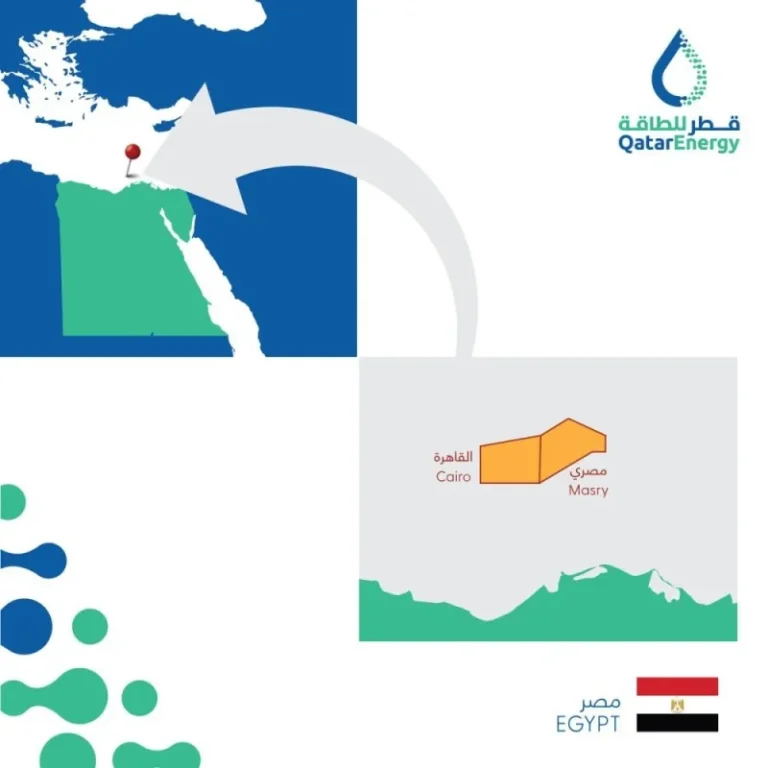
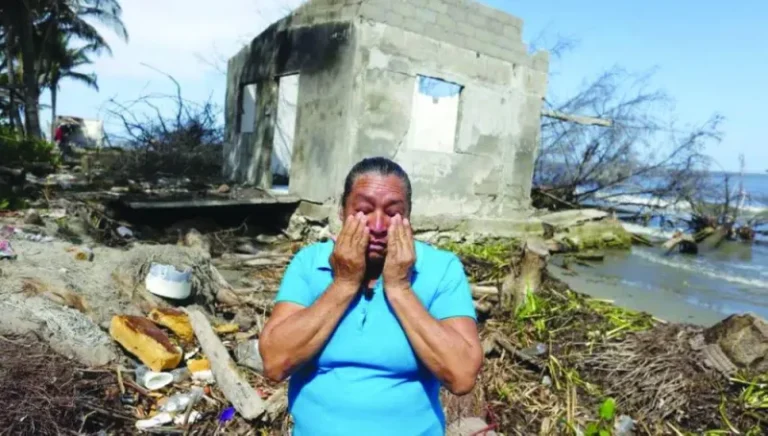
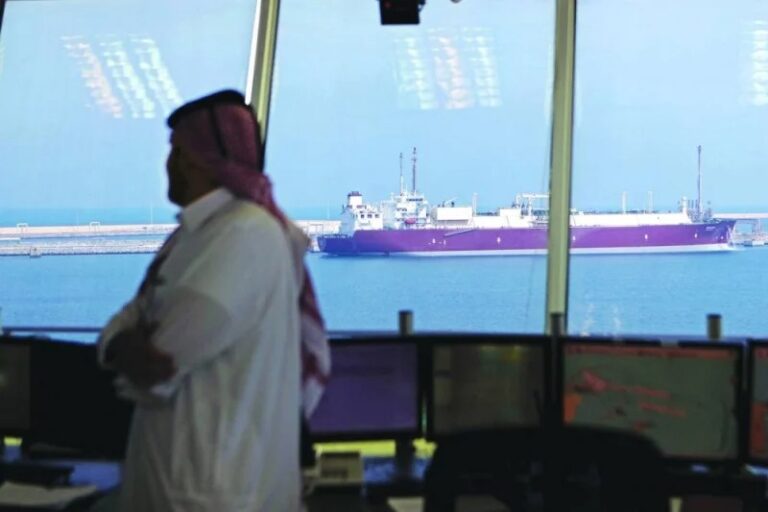
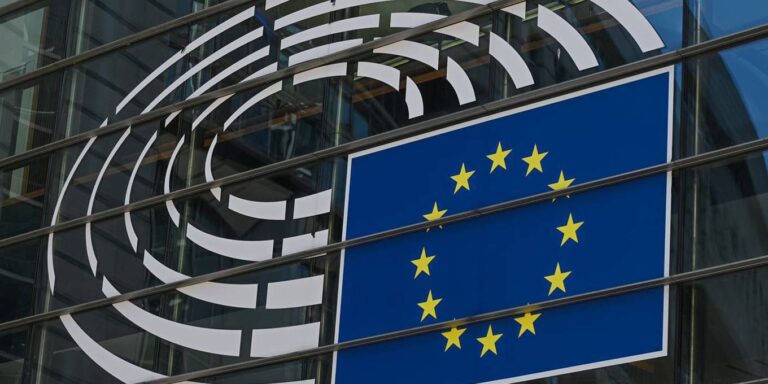

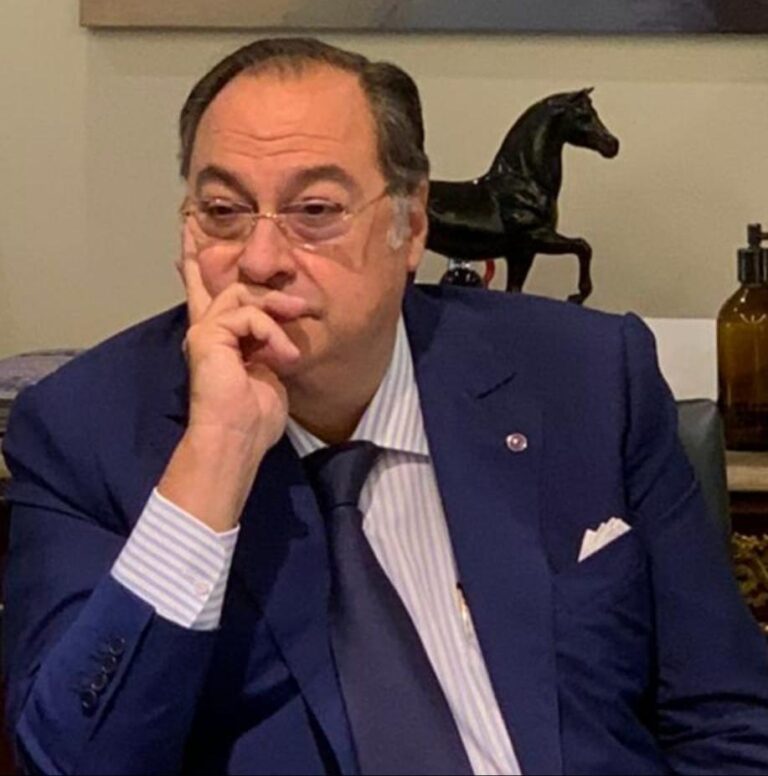

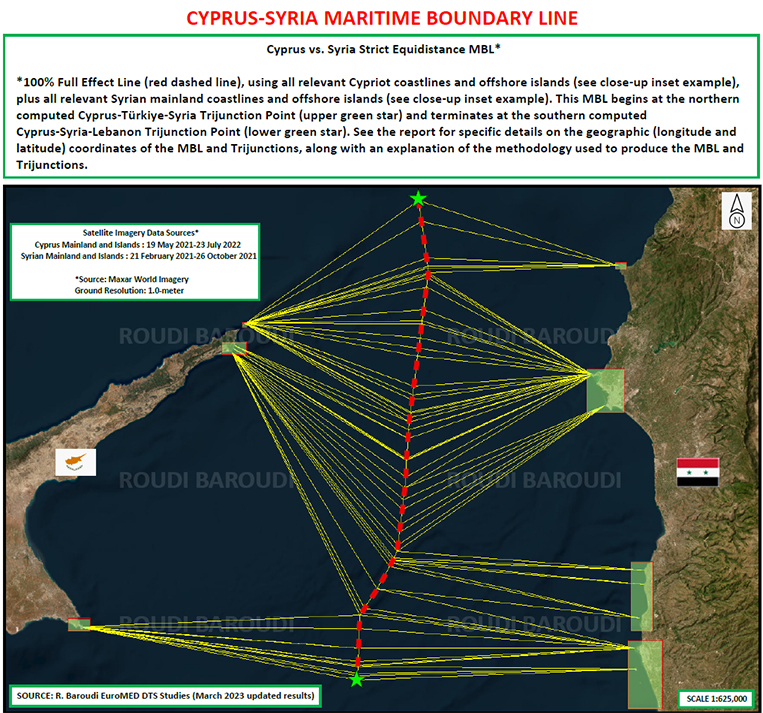
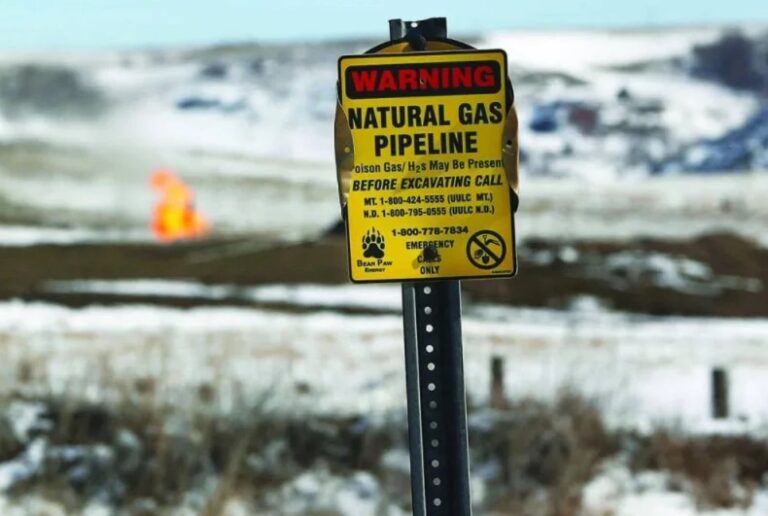
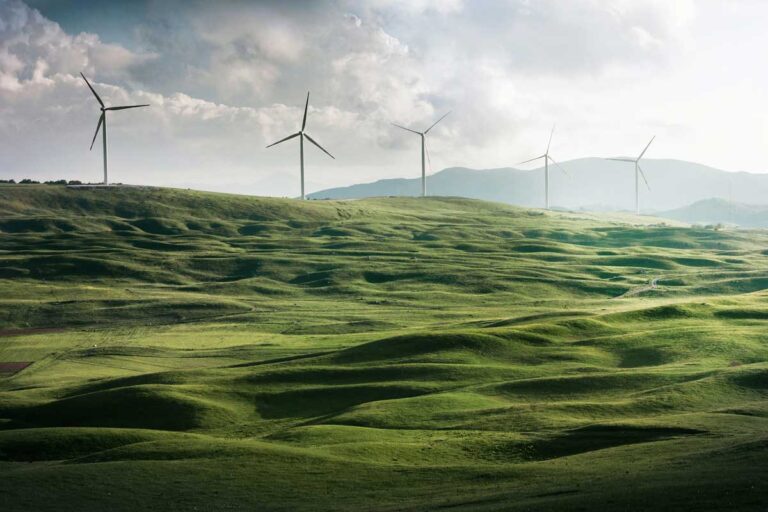
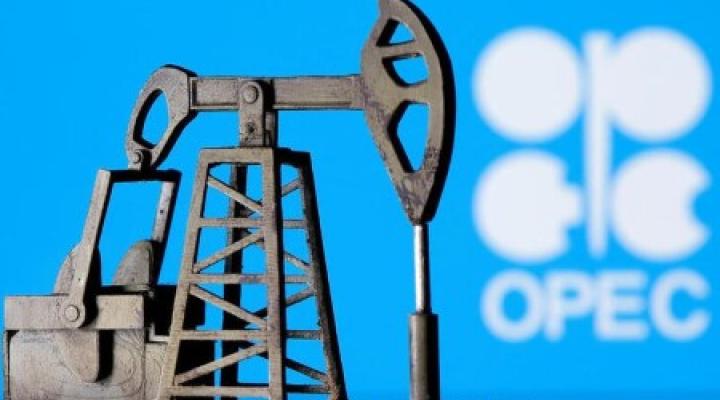
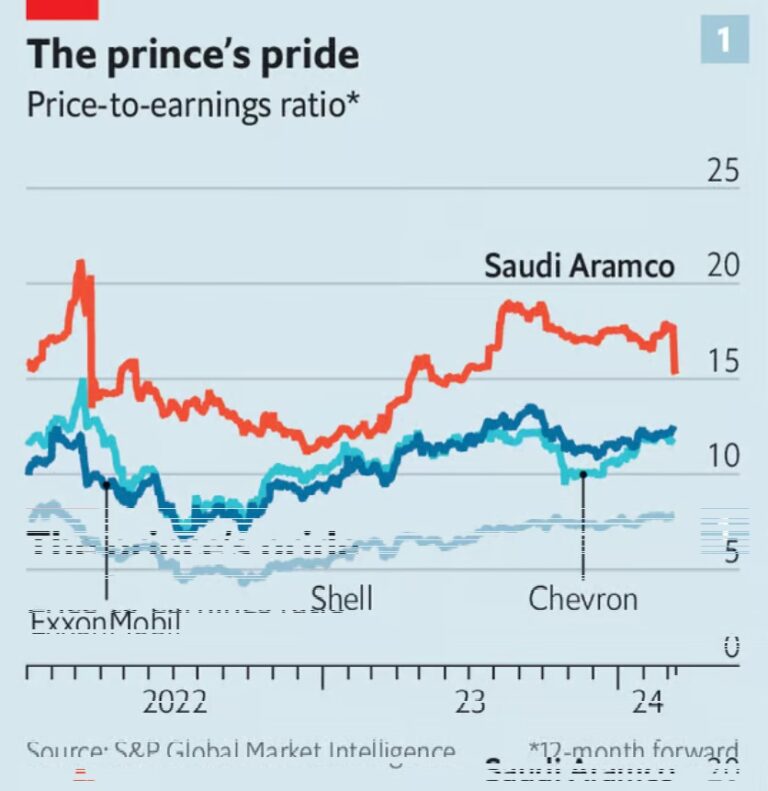


AMSTERDAM – Following weeks of intense negotiations, the European Union has agreed to revise its fiscal rules. The new rulebook will replace the Stability and Growth Pact (SGP) – which has been suspended since the start of the COVID-19 pandemic – and modernize the bloc’s 25-year-old fiscal framework.
While the SGP featured a one-size-fits-all model that ultimately undermined its credibility, the updated fiscal rules allow for a differentiated approach. The goal is to maintain the existing deficit and public debt limits while still encouraging member states to invest in green and digital technologies. Member states will be granted extended adjustment periods of up to seven years to reduce their debts to sustainable levels, provided they commit to reforms and investments that support this double (green/digital) transition.
But while the EU’s efforts to strike a balance between fiscal discipline and growth incentives are commendable, national budgets alone will not be enough to finance the EU’s ambitious double transition. The European Commission estimates that an annual investment of roughly €650 billion ($700 billion) is needed to meet the 2030 targets of producing at least 42.5% of the bloc’s energy from renewable sources and reducing greenhouse-gas emissions by 55%.
Under the new fiscal rules, funding for digital and green investments can be sourced from the €800 billion NextGenerationEU fund, which was established in 2020 to help European economies recover from the COVID-19 shock. But since the NGEU is scheduled to end in 2026, there is an urgent need for more durable financial mechanisms to support the EU’s long-term objectives.
As matters stand, the NGEU’s focus on national investments has left transnational projects such as high-speed railways and hydrogen infrastructure severely underfunded. Moreover, the US Inflation Reduction Act has widened the investment gap between Europe and the United States. To restore its strategic autonomy, European leaders should build on the success of the NGEU.
In a forthcoming paper, we propose the establishment of a $750 billion EU public-goods fund aimed at bridging funding gaps in crucial areas like renewable energy and digital infrastructure. The primary focus of this fund would be to catalyze cross-border investments and support projects that struggle to secure funding without EU-level financial support. By making access to this fund contingent on compliance with the new fiscal rules, the EU could maintain fiscal discipline among member states.
The public-goods fund, which would cover the 2026-30 period, is intended to align seamlessly with the EU’s climate goals. Building on the successful precedents established by previous EU borrowing initiatives, it would be financed by issuing EU bonds, backed by pooled national guarantees, the EU’s budget (bolstered by sufficient revenue streams), or both. Its proposed size represents roughly one-fifth of the bloc’s total investment needs through 2030, and the remaining investments would be financed through contributions from member states and the private sector.
By focusing on cross-border investments, the fund would underscore the EU’s unified approach to tackling European challenges. At the same time, the requirement to comply with the new fiscal rules would broaden the conditional framework established by the NGEU program, which linked fund access to the rule of law in recipient countries.
Similarly, the proposed conditionality regime would tie access to the new fund to domestic fiscal discipline, thus aligning with the EU’s revised fiscal guidelines. Rather than facing penalties for non-compliance, as was the case under the previous SGP, countries would be incentivized to demonstrate fiscal responsibility.
Thus, the conditionality regime would simultaneously boost the EU’s growth potential, uphold the integrity of the new fiscal rulebook, and encourage fiscal sustainability among member states. Moreover, increased debt issuance at the European level could be offset by reduced debt issuance at the national level.
Once the fund is established, countries would be encouraged to submit comprehensive investment proposals for transnational projects. The European Investment Bank would determine whether they are eligible to access the fund’s resources based on their alignment with the EU’s double-transition targets and the potential for positive cross-border spillovers. Meanwhile, the European Commission would ascertain that the countries proposing these projects comply with fiscal rules.
The fund’s proposed design aligns with the trend of using EU funds to achieve broader policy objectives. By relying on the successful model of the pandemic recovery fund and the bloc’s current conditionality regime, it would empower the EU to meet crucial climate targets while upholding its shared values.